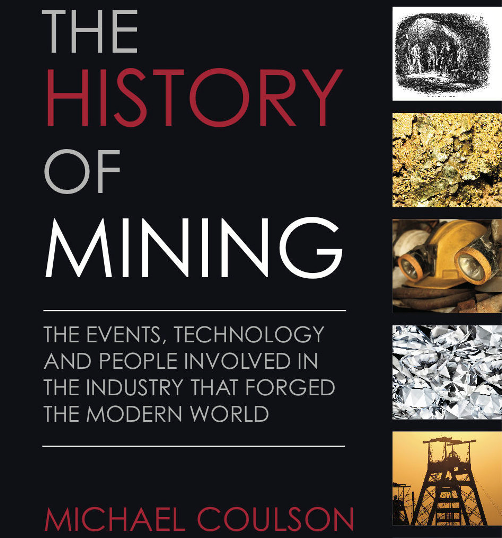Tuesday, January 22, 2013
GARDEN RIVER, ON — Regarding an article published in the National Post January 8, 2013 where Glenn Nolan, a former Chief of the Missanabie Cree First Nation made comments regarding key First Nations issues and resource revenue sharing, current Chief Kim Rainville issues the following statement:
Let it be known that the support from the Missanabie Cree First Nation council and community have been instrumental in Mr. Nolan achieving his professional goals. Being the president of the Prospector’s and Developers Association of Canada (PDAC) as well as an executive of a junior mining company embroiled in the Ring of Fire development, it would make it very difficult for Mr. Nolan to express support for such a significant movement as “Idle No More”. Mr. Nolan’s opinions do not reflect the belief of the Missanabie Cree First Nation regarding the actions taken by Attawapiskat’s Chief Spence or support of the Idle No More movement.
“I believe the agenda of the government smearing a courageous leader such as Chief Spence is reprehensible,” said Chief Kim Rainville. “To have it seemingly come from a former Chief undermines the changes which are being called for by the “Idle No More” movement and a denial of the realities faced by many first Nations citizens.”
The list of issues is long; inadequate housing, health care, education economic opportunities, youth suicide, family violence, policing and the list goes on. These are immediate issues which need to be addressed. Recognition of First Nation autonomy, sovereignty, changes to the Indian Act driven by a First Nations process are paramount to achieving our rightful place in society, resource revenue sharing but a component of righting the many injustices.

























